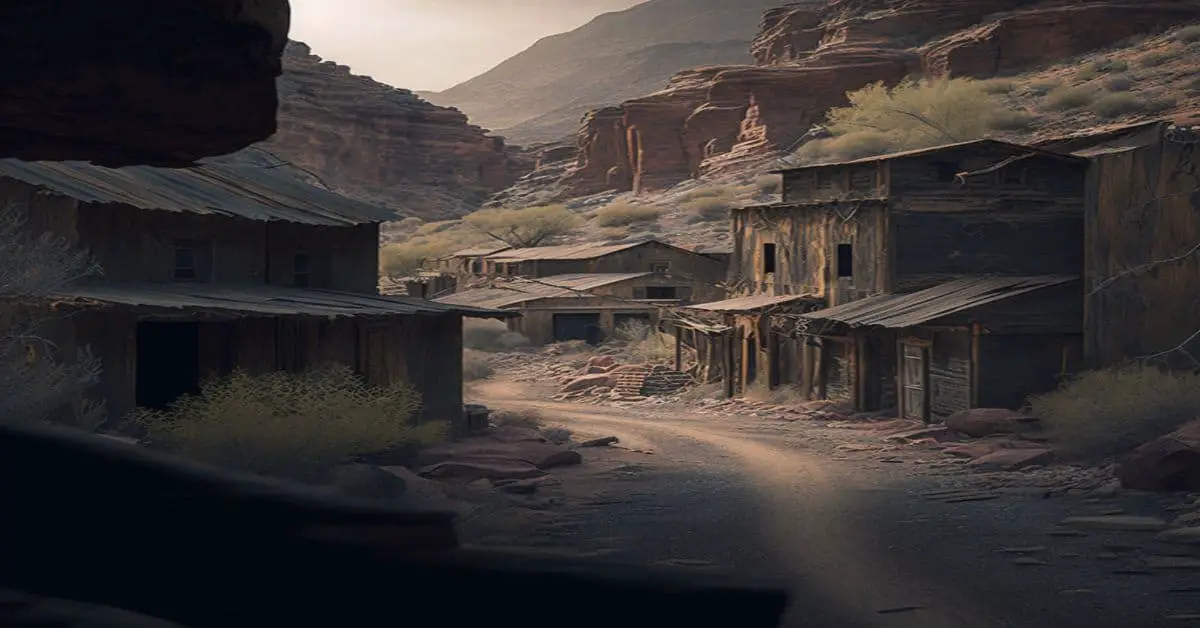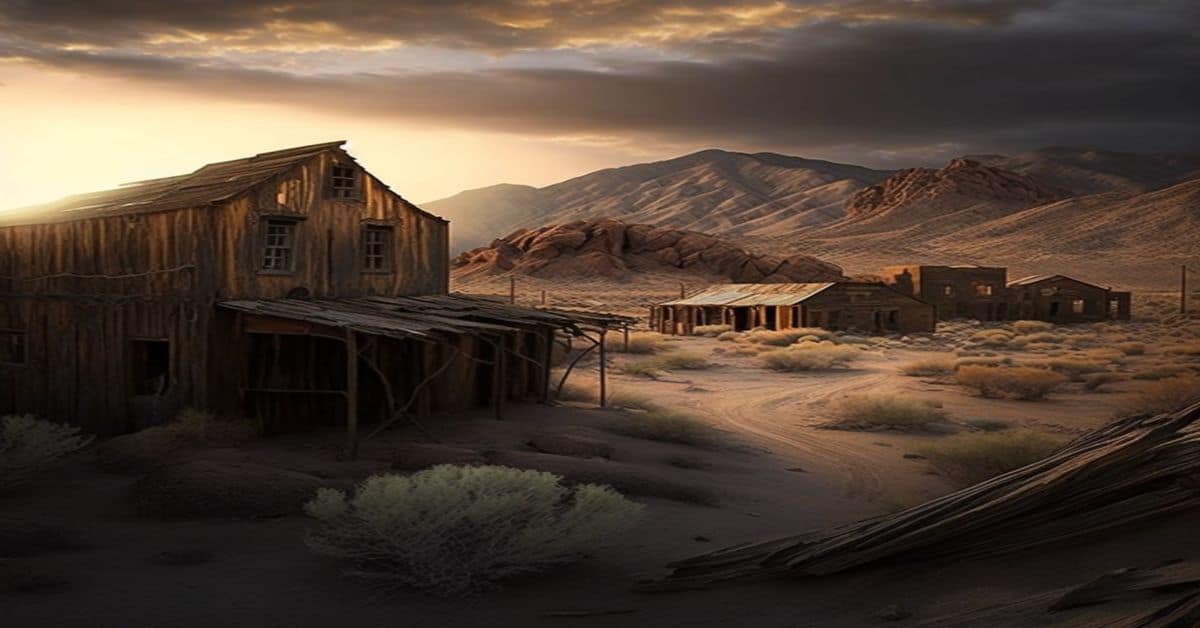Swissvale, a small town located in north Kansas, has become a popular destination for paranormal enthusiasts and historians alike due to its mysterious past and abandoned status. The town, once home to around 50 to 60 residents, was abruptly abandoned in the early 1900s, leaving behind a plethora of unanswered questions and stories.
Despite its deserted status, Swissvale has not been forgotten, as locals and visitors continue to explore its landmarks and try to uncover the secrets of its past. This article will delve into the history and mystery surrounding Swissvale, exploring its unique landmarks and the locals who still call the area home.
Through research and interviews with individuals who have visited or lived in the area, we aim to provide an objective and factual account of Swissvale’s past and present. From the stone barn and schoolhouse to the reasons behind its abandonment, this article will provide an in-depth look at this Kansas ghost town and the stories that surround it.
Key Takeaways
- Swissvale was a small town located in north Kansas that was abandoned in the early 1900s, leaving behind unanswered questions and stories.
- The lack of information surrounding the town’s abandonment has left historians and locals to speculate on potential reasons, with some believing that a lack of resources or job opportunities may have forced residents to leave.
- Swissvale’s former buildings and landmarks, such as the stone barn and stone schoolhouse, now remind the town’s once-bustling past, and the town has become a popular destination for paranormal enthusiasts and historians.
- Despite its abandonment, Swissvale’s legacy lives on through the memories of its former residents and the continued interest in its story, with the Campcreekers community taking pride in their history and heritage and working to maintain the remaining structures of Swissvale.
Location and History
Swissvale, a ghost town located north of Overbrook, Kansas at 129th and Paulen Rds, was vacated around 1900 for unknown reasons despite having approximately 50-60 residents at its busiest era before 1900. The lack of information surrounding the town’s abandonment has left historians and locals to speculate on potential reasons.
Some believe that a lack of resources or job opportunities may have forced residents to leave, while others suggest that natural disasters or diseases could have played a role. The impact of Swissvale’s abandonment can still be felt in the surrounding areas today.
The town’s former buildings and landmarks, such as the stone barn and stone schoolhouse, now serve as reminders of the town’s once-bustling past. Additionally, the town’s location along the old train tracks and its proximity to Camp Creek continue to attract curious visitors interested in exploring the area’s history.
Despite its ghost town status, Swissvale’s legacy lives on through the memories of its former residents and the continued interest in its story.
Landmarks and Property
The remnants of the stone barn, once home to circus animals, can be seen from the roadside, serving as a haunting reminder of a bygone era. The barn, which is located on private property, is a popular landmark for visitors exploring Swissvale.
The stone structure is a testament to the town’s past and serves as a reminder of the vibrant community that once thrived in the area.
Swissvale’s property has a lost history that spans from circus animals to private homes. While the stone barn still stands, the rest of the town’s property has been converted into private residences. Two homes now occupy the land where the town once stood.
Although the town is now gone, the remnants of Swissvale’s landmarks and property provide a glimpse into the past and serve as a reminder of the town’s unique history.
Locals and Additional Information
Local residents in the area of 129th and Paulen Rds. refer to themselves as Campcreekers and still live near the former town. The Campcreekers community is a tight-knit group that takes pride in their history and heritage. They have kept alive the stories of Swissvale and have shared them with visitors who come to see the remnants of the old town.
Larry Wiezorek’s research has been instrumental in preserving the memory of Swissvale. His submission of information to the land office in Lyndon helped confirm the town’s location and history. His work has also led to the discovery of some of the town’s landmarks, such as the stone barn that was used to house circus animals.
The Campcreekers community has been grateful for his contributions and has worked to maintain the remaining structures of Swissvale.
Frequently Asked Questions
What were some of the common occupations of Swissvale’s residents before the town was vacated?
Swissvale’s common occupations before its decline in 1900 are unclear, but residents likely engaged in farming and mining given the town’s location. The impact on the local economy and reasons for the town’s decline are unknown.
Are there any ghost stories or paranormal experiences associated with Swissvale?
Despite being a ghost town, Swissvale has no reported ghost sightings or local legends associated with it. The town’s history remains a mystery, leaving no paranormal stories to tell.
Have there been any efforts to preserve or restore any of Swissvale’s remaining structures?
Efforts to preserve or restore Swissvale’s remaining structures are unknown. However, considering Swissvale’s historical significance, community involvement may be necessary to ensure that the town’s remaining landmarks are protected for future generations.
What was the closest neighboring town to Swissvale at its peak population?
The closest neighboring town to Swissvale at its peak population is Overbrook, located 3-1/2 miles south. Economic activities in Swissvale included the stone barn housing circus animals and steam trains stopping at Camp Creek for water.
Are there any notable or famous former residents of Swissvale?
No notable or influential figures have been recorded as former residents of Swissvale, a ghost town in Kansas that was vacated around 1900 for unknown reasons.


